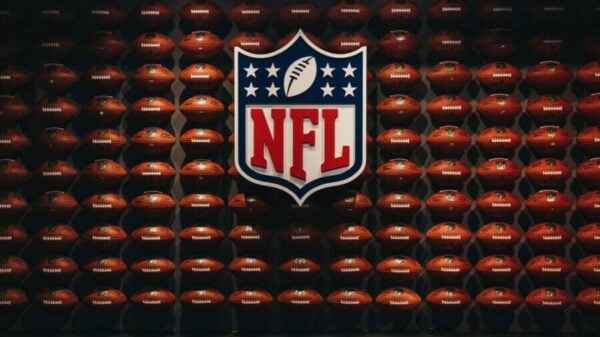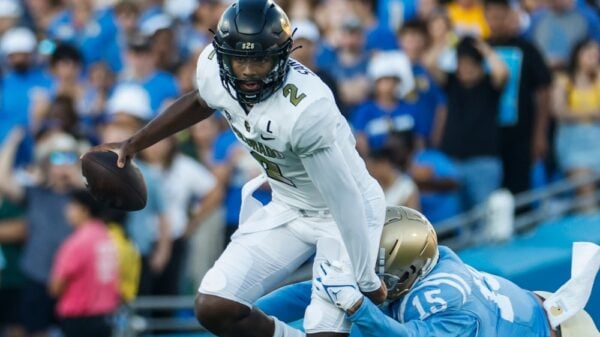All eyes were focused on the College Football National Championship on Monday night, where Notre Dame took on Ohio State in a battle for national supremacy. The atmosphere was charged, as fans anticipated seeing their teams rise to glory on one of football’s grandest stages. As kickoff approached, a palpable tension filled the air.
The Buckeyes demonstrated their skill by decisively overcoming the Fighting Irish with a final score of 34-23, rebounding from an early 0-7 deficit that left many fans apprehensive. Ohio State’s journey to the championship underscored their dedication and strategic approach, seizing every opportunity to excel at the highest level. However, while the victory was celebrated in Buckeye country, the reactions that followed were far from straightforward.
In the wake of the game, former Heisman Trophy winner Robert Griffin III ignited a robust debate with his comments regarding the influence of Name, Image, and Likeness (NIL) deals in college football. His tweet insinuating that Ohio State’s significant win was tainted by financial incentives and connections drew considerable criticism.
“Moral of the story for College Football. Spend $20 Million on your roster,” Griffin tweeted, reflecting the sentiments of some about the evolving landscape of collegiate athletics.
The response from social media users was swift and intense. “Robert, these numbers aren’t real or accurate. Even the source that listed them said they were essentially guesses,” one user noted, countering Griffin’s implications. Another comment read, “Damn bruh, you’d think you went to Notre Dame with how much you’re hating,” highlighting the polarized reactions surrounding this new era of college sports, where financial factors now intertwine with talent and performance.
As debates continued, media analysts quickly weighed in, particularly concerning Ohio State’s head coach, Ryan Day. The Buckeyes, who faced formidable opponents leading up to the playoffs, secured their championship spot through a demanding schedule. This included matches against six FBS teams in their last six regular-season games, three of which ranked in the top 20. Such trials equipped them for the national stage as they squared off against a storied program like Notre Dame.
For Ryan Day, winning the championship would signify much more than simply claiming a title; it represented a significant arc of ‘redemption.’ ESPN’s Paul Finebaum addressed this sentiment during a recent segment on Get Up!, stating, “This is really about a lot of things, but also redemption for Ryan Day. We all know what the narrative was, and it was real. I know a lot of Ohio State fans want to act like it was the media’s fault, but they were in bars after the Michigan game blaming Ryan Day and wanting him out if he couldn’t turn this thing around, but he did.”
Finebaum’s remarks resonated with those who had witnessed the tumultuous ups and downs of the Buckeyes’ season. The journey from struggle to triumph felt like a rollercoaster ride for both fans and players. He added, “He admitted over the weekend that he told the team, ‘I screwed up. I’m sorry, we will correct it,’ and that’s exactly what he has done.” The shift from criticism to triumph illustrated the resilience needed to guide a top-tier college football program in today’s highly competitive environment.
Ultimately, this championship was about more than mere scores and statistics; it celebrated the raw passion and dedication behind every play. It marked a pivotal moment for Ohio State and underscored the ongoing transformation of college athletics, as fans and players alike navigate the immense pressures that accompany the spotlight.






















